Structural features
Main components: The grizzly bar vibrating feeder is usually composed of vibrating motors or exciters, the body, bar screen surface, damping springs, brackets, etc. The vibrating motor or exciter serves as the power source and provides vibration energy for the equipment; the body is used for carrying and transporting materials; the bar screen surface has a screening function and can remove fine materials such as soil; the damping spring is used to reduce the impact of vibration on the foundation; the bracket plays a role in supporting the body.
Material and firmness: The body is mostly welded from strong materials such as steel plates and has high strength and rigidity. The bars are generally made of manganese steel, which is impact-resistant and wear-resistant and can withstand the impact of large pieces of material falling.
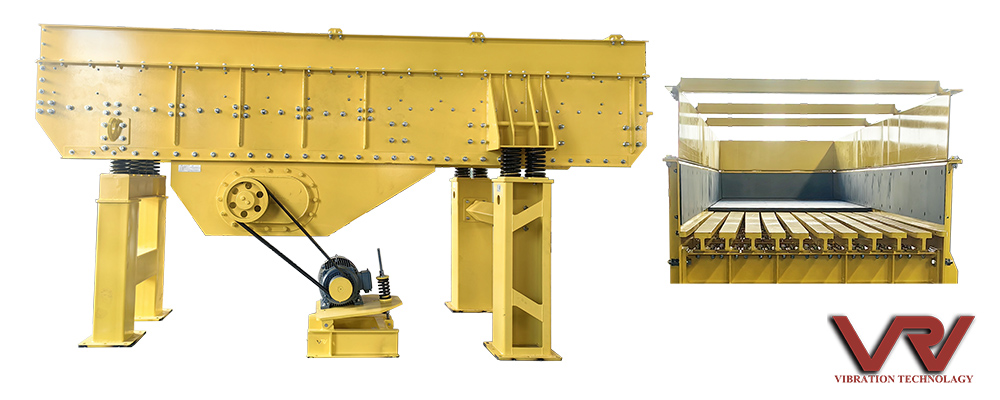
Working principle
1. Vibration principle: Rely on the exciting force generated by the vibrating motor or exciter to make the body vibrate. When two vibrating motors operate in reverse at the same angular velocity, the inertial force generated by their eccentric masses is repeatedly superimposed or canceled at a specific phase, thereby generating huge synthetic exciting force and making the body perform forced vibration on the supporting spring.
2. Feeding process: The material is placed on the bar screen surface of the body. Under the action of vibration, the material performs sliding and throwing movements on the material trough, thereby continuously moving forward and realizing uniform feeding. At the same time, due to the gap of the bar screen surface, smaller material particles can fall through the gap between the screen bars to achieve the purpose of pre-screening, and larger materials are continuously transported forward to subsequent crushing or processing equipment.
Performance advantages
1. Uniform feeding: It can supply materials uniformly and continuously to crushers or other production equipment, avoiding equipment blockage or overload caused by uneven feeding, and improving production efficiency and equipment service life.
2. Large processing capacity: Suitable for handling large pieces of materials, with large feeding output, which can meet the needs of large-scale production.
3. Screening function: While feeding, it has a screening function, which can remove fine materials such as soil, reduce the wear and energy consumption of subsequent equipment, and optimize the production process.
4. Simple structure: The mechanism is relatively simple, with few parts, and is convenient to use and maintain, reducing the operating cost and maintenance workload of the equipment.
5. Stable operation: The exciting force is relatively small, the vibration is stable, the work is reliable, there are few equipment failures, and it can operate stably for a long time.
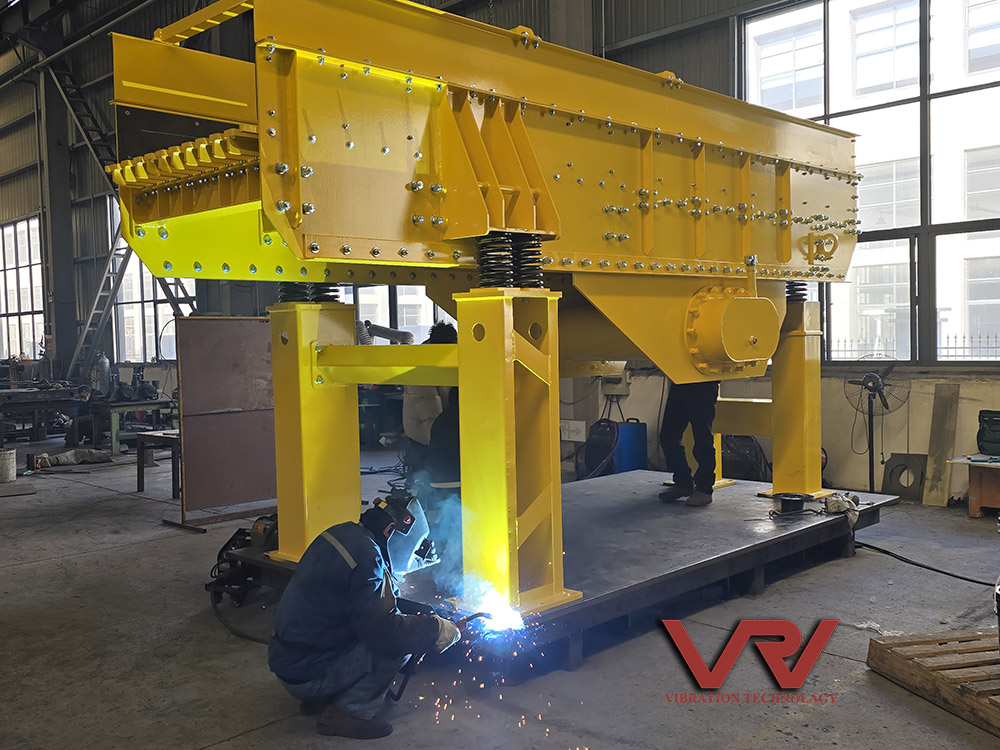
Application fields
1, Mining industry: Used for feeding before coarse crushing of ores. In the mining and processing of ores such as iron ore, copper ore, and gold ore, the ore is uniformly transported from the ore bin to coarse crushing equipment such as jaw crushers and cone crushers.
2, Construction stone industry: In the production of construction stones, such as the crushing and processing of stones such as limestone, granite, and basalt, the bar feeder can evenly feed large blocks of stone into the crusher and improve crushing efficiency.
3, Metallurgical industry: In metallurgical production links such as ore sintering, ironmaking, and steelmaking, materials such as ores and coke need to be uniformly fed and pre-screened. The bar feeder can meet these needs.
4, Hydropower industry: Used in the production of sand and gravel aggregates in hydropower station construction. After screening out the soil and fine materials in the rough materials, it provides uniform coarse materials for equipment such as sand making machines.
Other industries: It can also be applied in industries such as chemical industry, abrasive materials, and waste treatment to feed and screen blocky and granular materials.














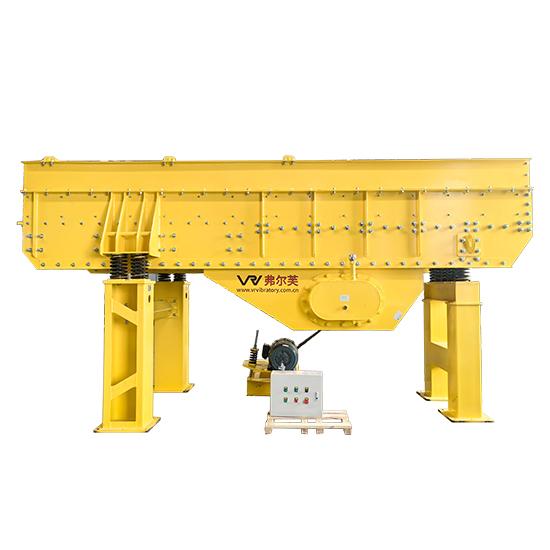
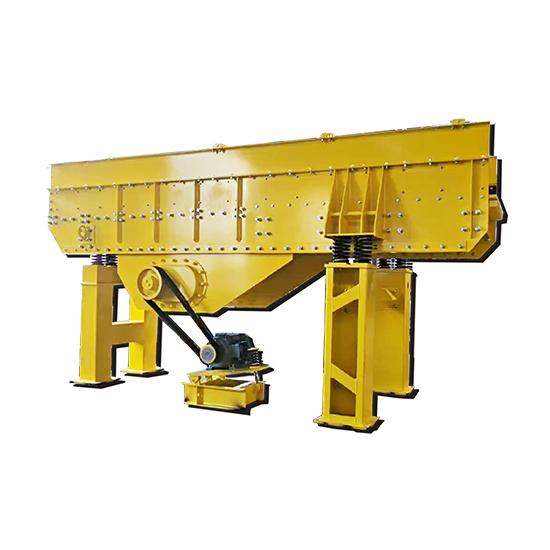
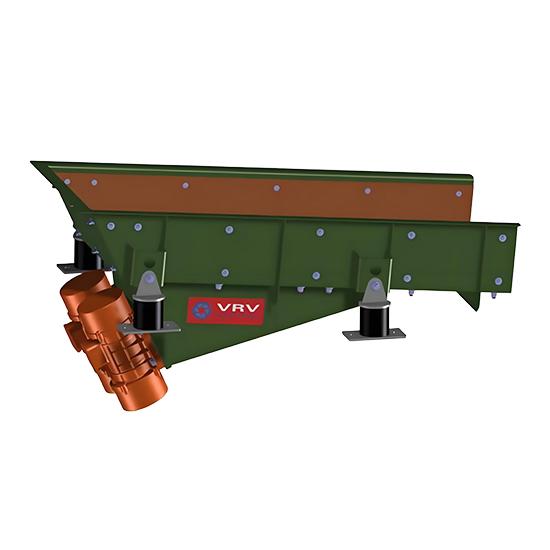
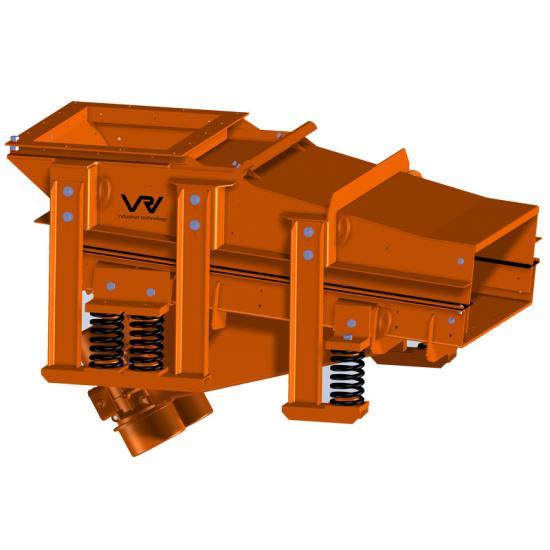
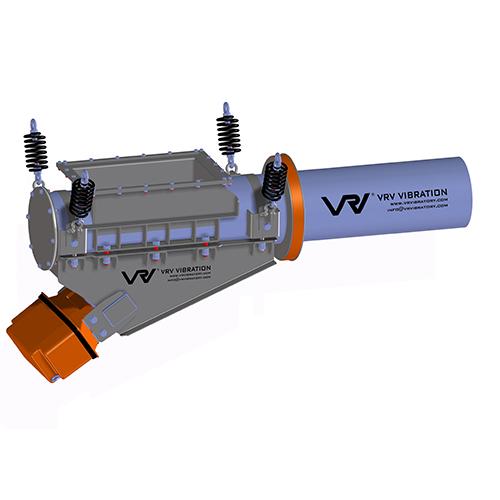

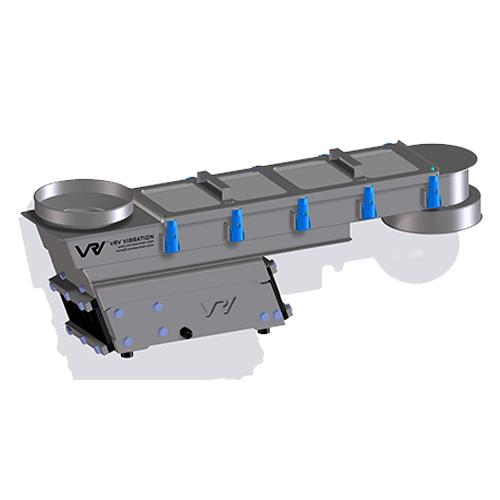
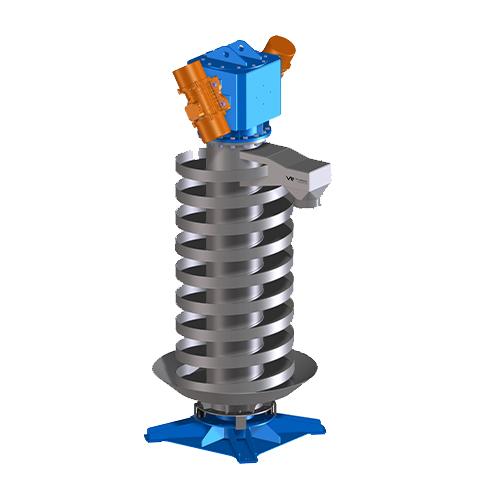
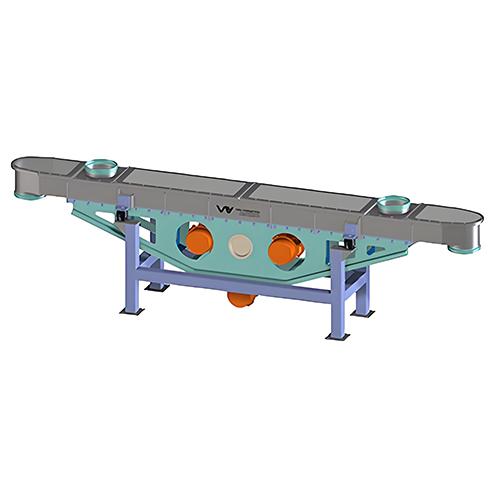





 ipv6 network supported
ipv6 network supported 